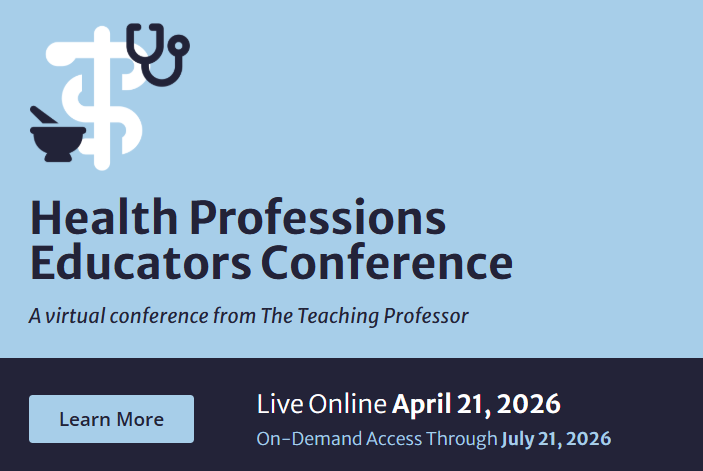Lifelong Learning: Discovering and Developing Your Teaching Skills
“Self-knowledge is the beginning of all knowledge,” writes C. Roland Christensen, one of the true masters of discussion teaching. He is referring to his development as a teacher—how he arrived at the techniques that made him so effective. Most teacher accounts of growth are not as instructive and insightful as this one. Best of all, the approach he used to develop his discussion leadership skills is one that can be used to develop many teaching skills.



